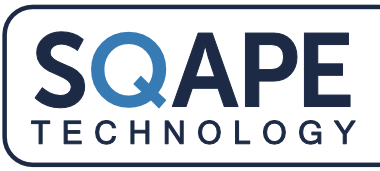SQAPE Composition
Components SQAPE Technology
Mineral residues
Instead of standard Portland cement, mineral residues containing the important silicon and aluminium form the raw materials for the binder in the SQAPE technology (SQAPE GPM I, GPM II, GPM III and GPM IV). These minerals occur naturally in the earth's crust and are specially selected and mixed for this application in our factory in Wanssum. The binder is certified by SGS Intron and undergoes an internal quality check before delivery.
Alkalis & additives
The unique strength of the SQAPE technology lies in the use of the aforementioned residues (secondary raw materials) and special patented additives.
The specific SQAPE geopolymers are created by mixing high-quality mineral residues with water and alkalis (activators), after which a chemical reaction takes place. If you then add our patented additives in addition to the aggregates sand and gravel - to create volume - you can steer and control the processing process. The geopolymers produced in this way are functionally very similar to traditional concrete, but also have some improved properties.
Thanks to the balanced combination of mineral raw materials and patented additives, lower concentrations of alkali are also required.
Table: Differences between traditional concrete and geopolymer concrete
| Traditional concrete | Geopolymer concrete |
|---|---|
| Aggregates (sand, gravel) | Aggregates (sand, gravel) |
| Type of binder: Portland cement | Type of binder: Mineral residues |
| Water + additives (plasticiser) | Water + alkali (activator) + additives |
| Hydraulic reaction | Polymerisation |
By varying the mineral raw materials and additives, production to specification is also possible. In this way, the end products are precisely tailored to the requirements of the job.
Results in practice
The specific construction of our product provides many advantages, especially a strong bonding network. In normal, cement-bound concrete, needles hook together like crystals. In our products, there are no needles, but a more closed gel structure. This results in a high tensile strength, more flexibility and a higher acid resistance.
This new type of rock consists of stable, dimensionally stable material that looks the same as cement-based products such as mortar or precast concrete. However, the structure is different and stronger on the inside.
The unique SQAPE technology is also available through licensing

